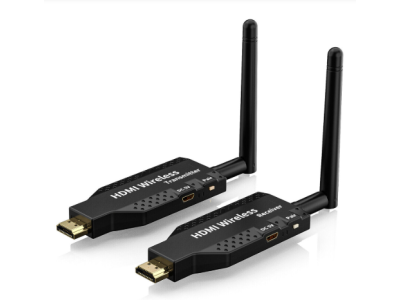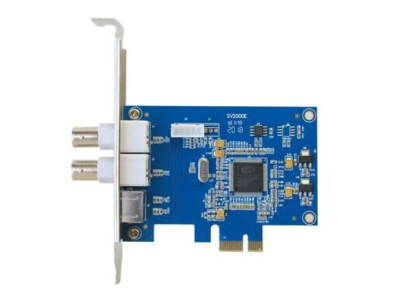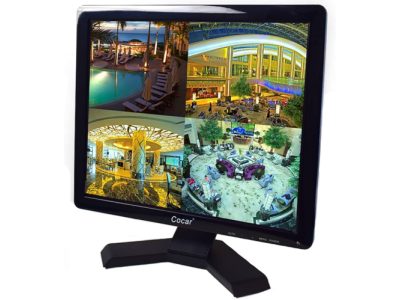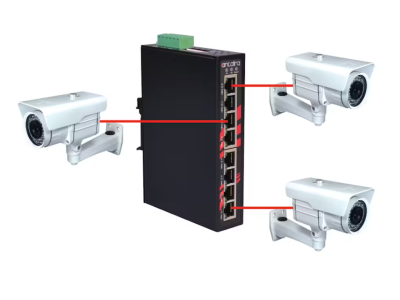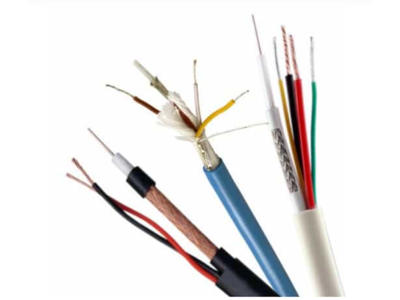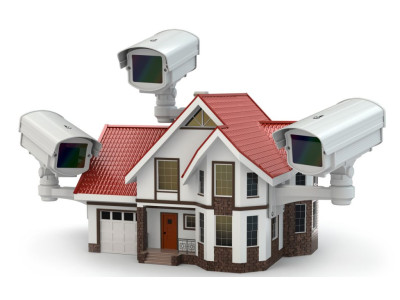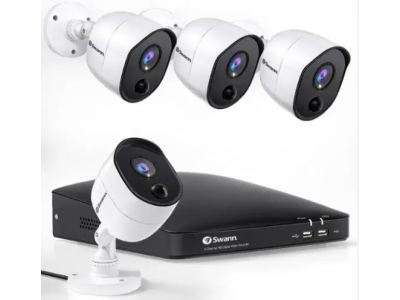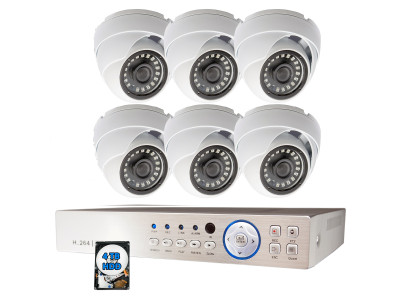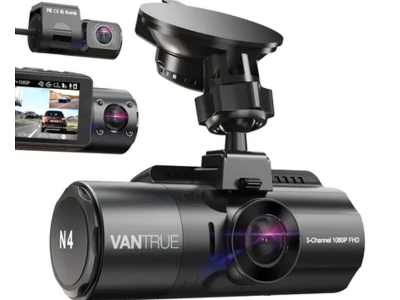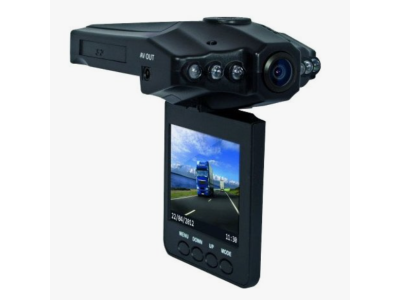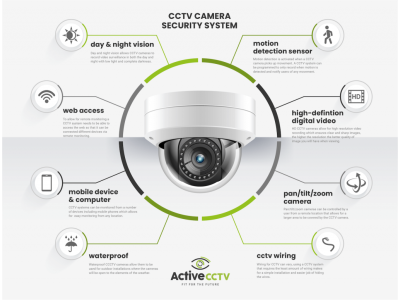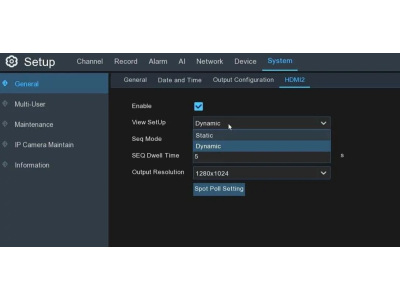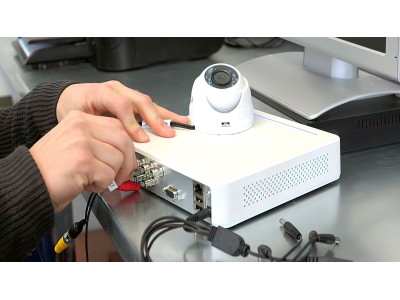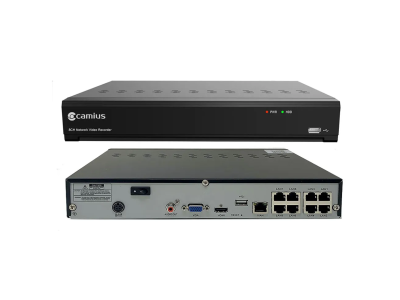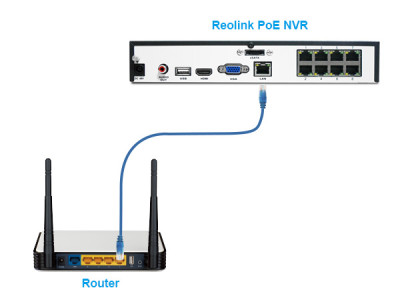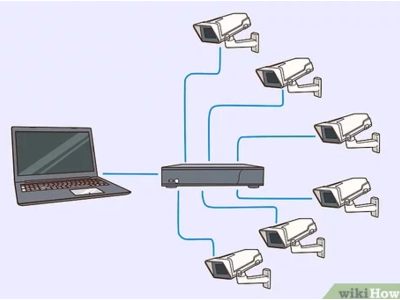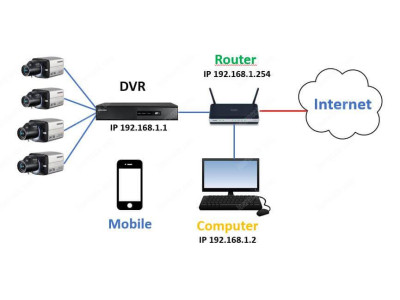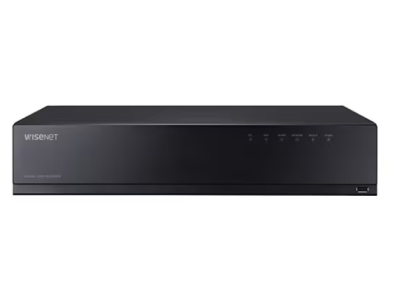
Key Components of a Video Surveillance System
When setting up a surveillance system, it's crucial to understand the technical tools involved. A video surveillance system transforms optical images of monitored areas into electrical signals, transmitting, processing, and displaying them for easy visual monitoring.
Here’s what a robust surveillance system should offer:
- Video recording and archiving capabilities.
- Advanced video analytics for smarter security solutions.
To achieve this, you’ll need the following hardware:
- Cameras: The eyes of the system.
- Transmission paths: Wired or wireless connections.
- Processing devices: DVRs (Digital Video Recorders), servers, or PCs.
- Monitors: For viewing and managing footage.
All components must work together seamlessly, with matching technical specifications. Remember, your system is only as good as its weakest link—whether it's a low-resolution camera or a subpar monitor.
Signal Transmission: Analog vs. Digital
The method of signal transmission—analog or digital—plays a significant role in the system’s performance:
- Digital systems (IP cameras) are less prone to interference and offer 100% signal restoration with proper setup. They rely on standard network switches and don’t need extra hardware like amplifiers or signal converters.
- Analog systems, while cheaper, often require additional tools to combat interference, which can degrade signal quality.
Wireless options, like Wi-Fi-enabled cameras, offer convenience but come with limitations such as a shorter range and higher costs for extended coverage. Another option, fiber optics, delivers top-notch quality but can be expensive and technically challenging to implement.
Cameras: The Core of Surveillance
Cameras convert optical images into electrical signals and come in two main types:
- Analog cameras
- IP cameras
When choosing a camera, prioritize the field of view and focal length. These factors determine how much area the camera covers and the level of detail it can capture.
For wireless cameras, Wi-Fi is the most common transmission method in IP systems. It’s user-friendly and doesn’t require a license to operate. However, it has a limited range, and boosting its capacity often increases costs unnecessarily.
3G surveillance, while gaining interest, is not ideal for multi-camera setups due to insufficient speed and bandwidth.
Processing and Recording Devices
Popular options for processing video data include:
- DVRs: Affordable and easy to set up, perfect for home use.
- Personal Computers (PCs): Can handle small systems but may lack resources for larger setups.
- Video servers: Designed for professional-grade systems with high scalability.
DVRs are the go-to choice for home installations due to their simplicity and low cost. PCs can work for basic setups but require extra hardware and software, especially for analog systems. Meanwhile, servers excel in large-scale applications but are pricier and more complex.
For cloud-based surveillance, PCs are excellent for accessing footage remotely. Minimal local resources are needed, as data is processed and stored in the cloud.
Monitors: Display Matters
Monitors display video footage, so their quality is critical. Focus on:
- Resolution: Higher resolution ensures sharper images.
- Brightness and viewing angles: Important for clear visuals in different lighting conditions.
- Input compatibility: Ensure the monitor’s input matches the DVR’s output (e.g., VGA).
Power Supplies: Keeping Things Running
Most surveillance components require power, and ensuring uninterrupted supply is vital. While cameras typically use external power adapters, DVRs come with built-in options. Choose a power supply with sufficient capacity to support all devices.
For systems requiring uninterrupted power, consider uninterruptible power supplies (UPS) or other solutions to prevent downtime during outages.
Final Thoughts
When selecting equipment for your surveillance system, match the hardware to your specific needs. A well-balanced setup with compatible components ensures reliable performance and high-quality footage. Whether for home or professional use, planning and choosing the right tools are key to effective security.
